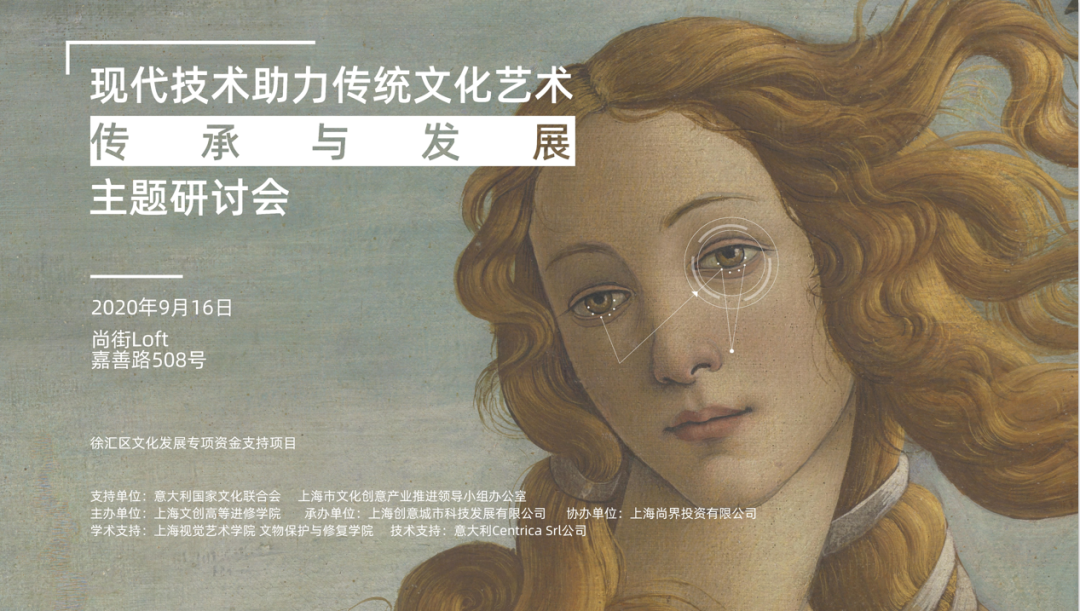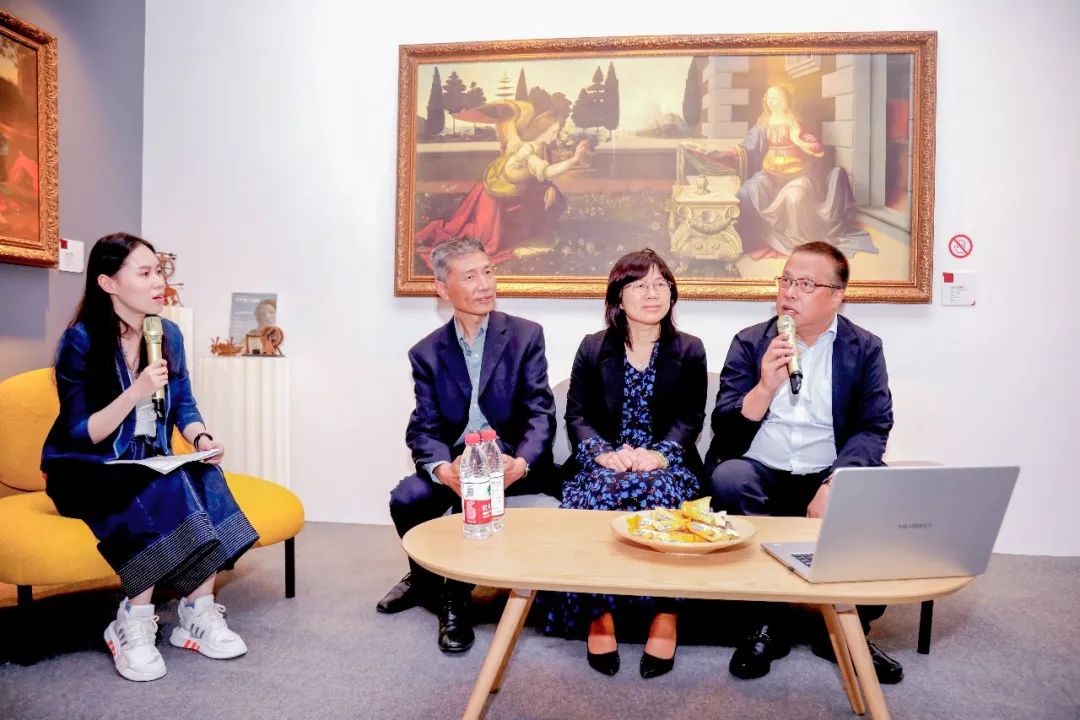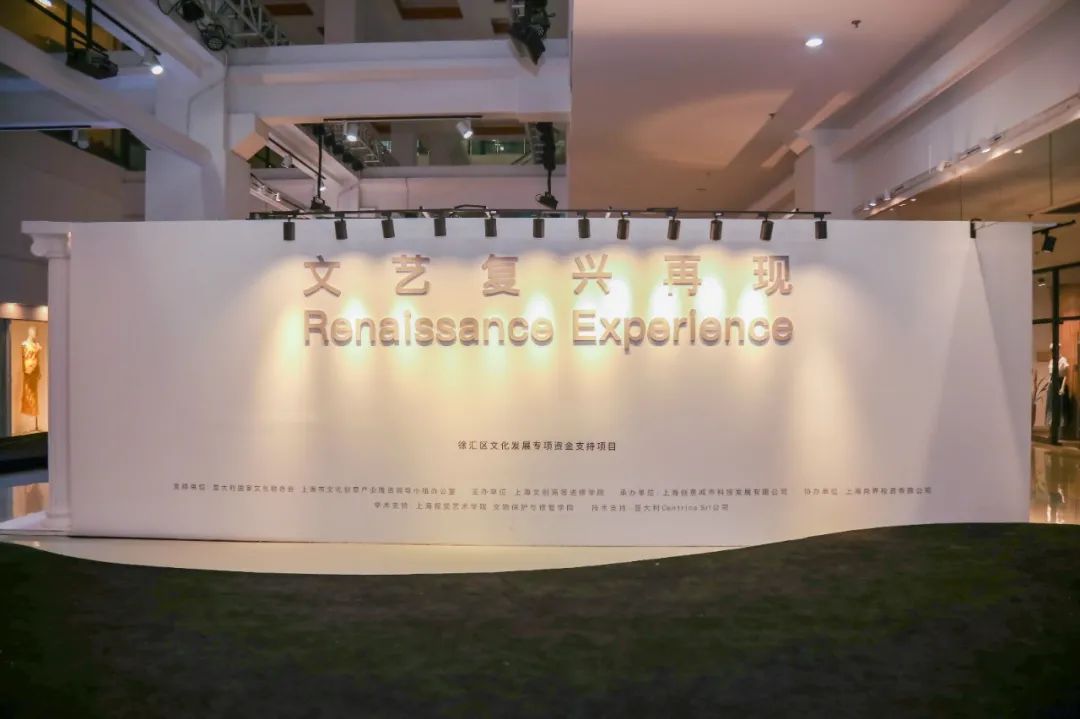
Due to the epidemic, the Italian guests could not be present in person, and Claudio Bocci, President of the National Federation of Italian Cultures, delivered a welcoming speech via video. As he mentioned in his speech, the current period of the symposium is the best time for China and Italy to carry out inheritance, protection, cooperation and exchange in the field of their respective cultural and artistic heritage.
In the keynote speech, Marco Cappellini, General Manager of Centrica Srl and head of the Digital Uffizi project in Italy, talked about how they digitised the cultural heritage of Florence, Italy through the development of ultra-high-definition technology and software platforms. Dr Cristina Ardidini, former President of the Union of Museums of Florence, former President of the Academy of Painting and Art of Florence, mentioned the practical application of technology in the restoration and conservation of cultural objects, and emphasised that technology has made it possible to create ‘virtual museums’, and that technology can be used to better exploit and disseminate our cultural heritage. Dr Dini mentioned the practical application of technology in the restoration and conservation of cultural objects. James M. Bradburne, Director of the Brera Museum of Art in Milan, Italy, focused on the innovative attempts of the Brera Museum of Art in Milan at many levels. He highlighted the concept of ‘Brera plus’, a virtual museum where visitors can explore all of Brera’s works and the details of each painting through the Internet. These innovations and experiments show us the important role that modern technology can play in the development of cultural and artistic institutions.

Finally, Qiang fluorescence made a summary of this symposium. He proposed that ‘art is lit by science and technology’ and ‘culture is the core, science and technology is the root’, and hoped that the cultural and creative art industry could seize the opportunity to further promote the development of cultural heritage protection and dissemination in the recovery stage after the epidemic.



